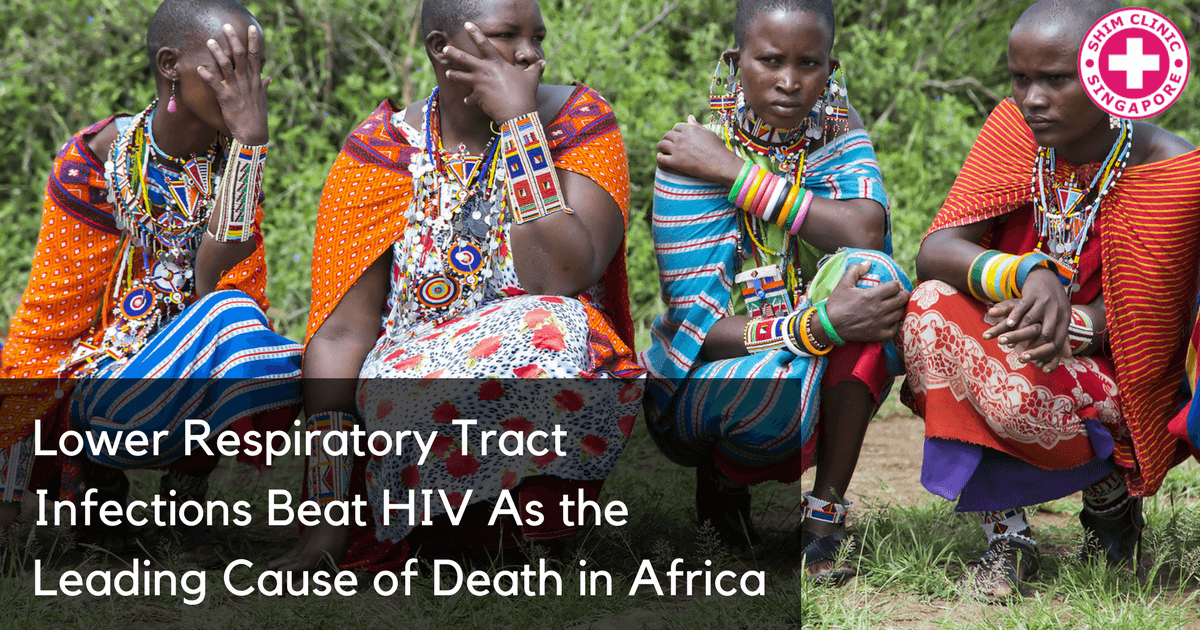HIV/AIDS is no longer the leading cause of death in Africa. This is according to latest data from the World Economic Forum collected from Africa Check, a fact checking organization.
Data shows that the number of HIV deaths in the content have been reducing over the years. In 2015, there was an estimated 760,000 deaths linked to HIV/AIDS and related complications across Africa down from 1 million in 2010 and 2 million in 2000.
So what is the new leader in mortality in Africa?
Lower respiratory tract infections have been reported as the number one cause of death with HIV/AIDS taking second place. At third place is diarrhoeal while stroke and heart attacks are fourth and fifth respectively.
HIV/AIDS deaths skyrocketed in most Sub-Saharan African countries between 2000 and 2005. Efforts to prevent infections and to prolong the health and life of those living with the virus, saw the number of deaths go down significantly and now HIV/AIDS is no longer the biggest killer in Africa.
Constant Falling Numbers
The content intensified diagnosis and treatment efforts leading to falling numbers over the last couple of years. There has been enhanced availability on HIV/AIDS education and sensitization. Efforts have also been enhanced to help people live positively with HIV.
HIV positive patients have been offered better treatment and care improving their quality of life and prolonging their lives.
Data provided by the HIV/AIDS Joint United Nations Programme shows that HIV/AIDS related deaths in eastern and southern Africa reduced by 42% between 2010 and 2016.
However, new infections reduced by 29 percent only during same period of time. In western and central Africa, the rate of new infections fell by 9%, while related deaths reduced by 21%.
These numbers indicate a higher response to HIV/AIDS management compared to the response to HIV infection prevention.
Treatment Access Improving
The availability of HIV treatment in the content has greatly improved with 35% of HIV positive people in western and central Africa having access to antiretroviral therapy (ARVs) in 2016.
Over the same period, 60% of people living with HIV/AIDS has access to ARVs in eastern and southern Africa.
The strides made to make sure that less people living with HIV/AIDS are succumbing to the deadly infection have greatly affected Africa in a positive way. The continent has always recorded the highest HIV infection and mortality rates in the world.
It is inspiring to see all these efforts working and there is hope to turn the infection from an epidemic to a normal manageable disease. Medical professionals and experts are still hard at work to come up with permanent strategies that will make HIV/AIDS less of a threat to coming generations.
Preventive measures such as HIV pre-exposure prophylaxis (PrEP) and HIV post-exposure prophylaxis (PEP) and the continued emphasis on the correct use of condoms during sex are greatly helping to bring down the number of new HIV infections in the world.
Now the only challenge is to make these treatments available to as many people as possible at the cheapest price possible. The other challenge is to finally find a vaccine for the virus. But for now the continent remains grateful for the current strides in preventing more deaths.

